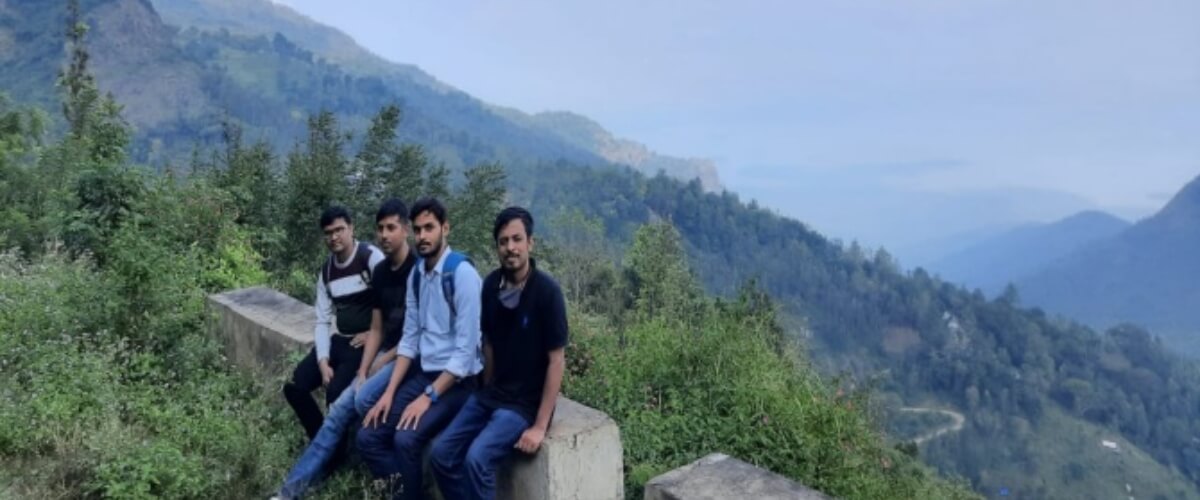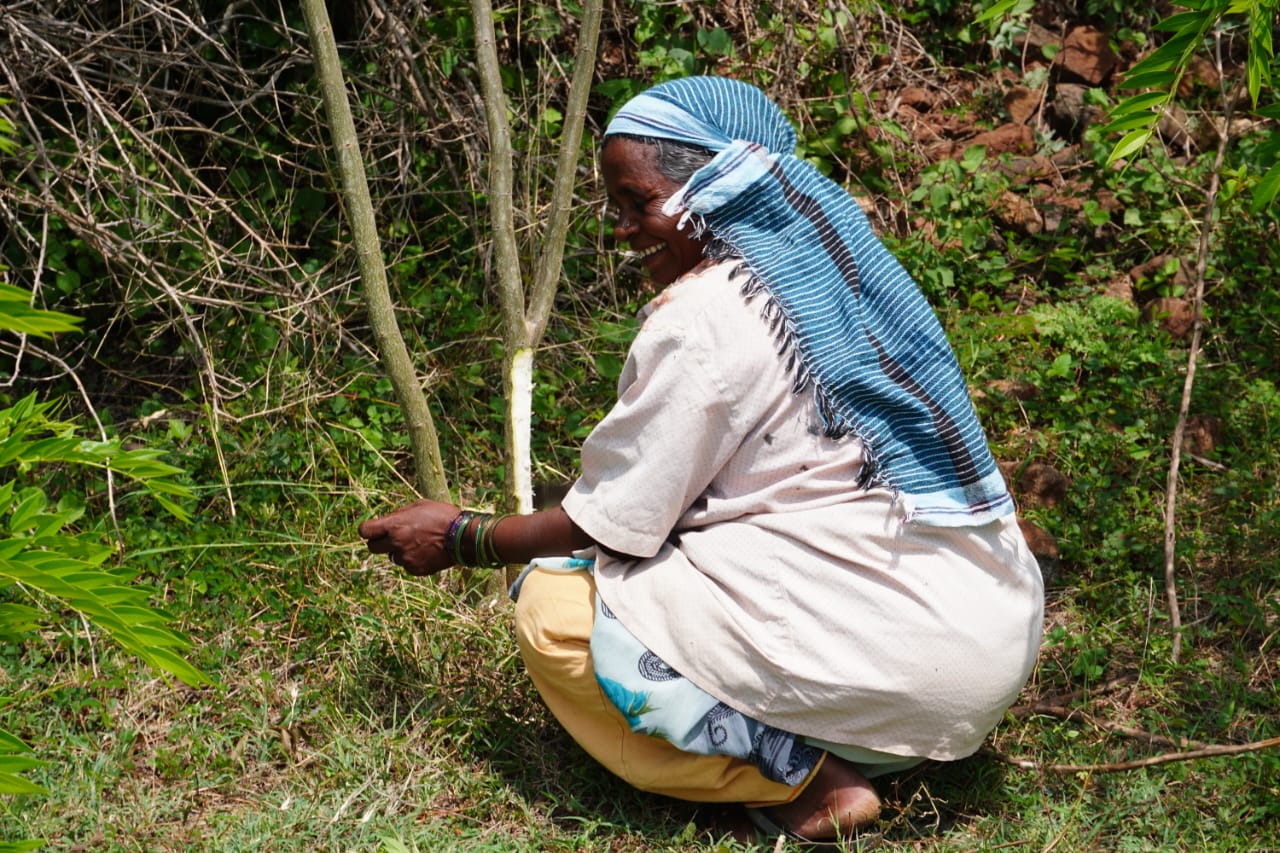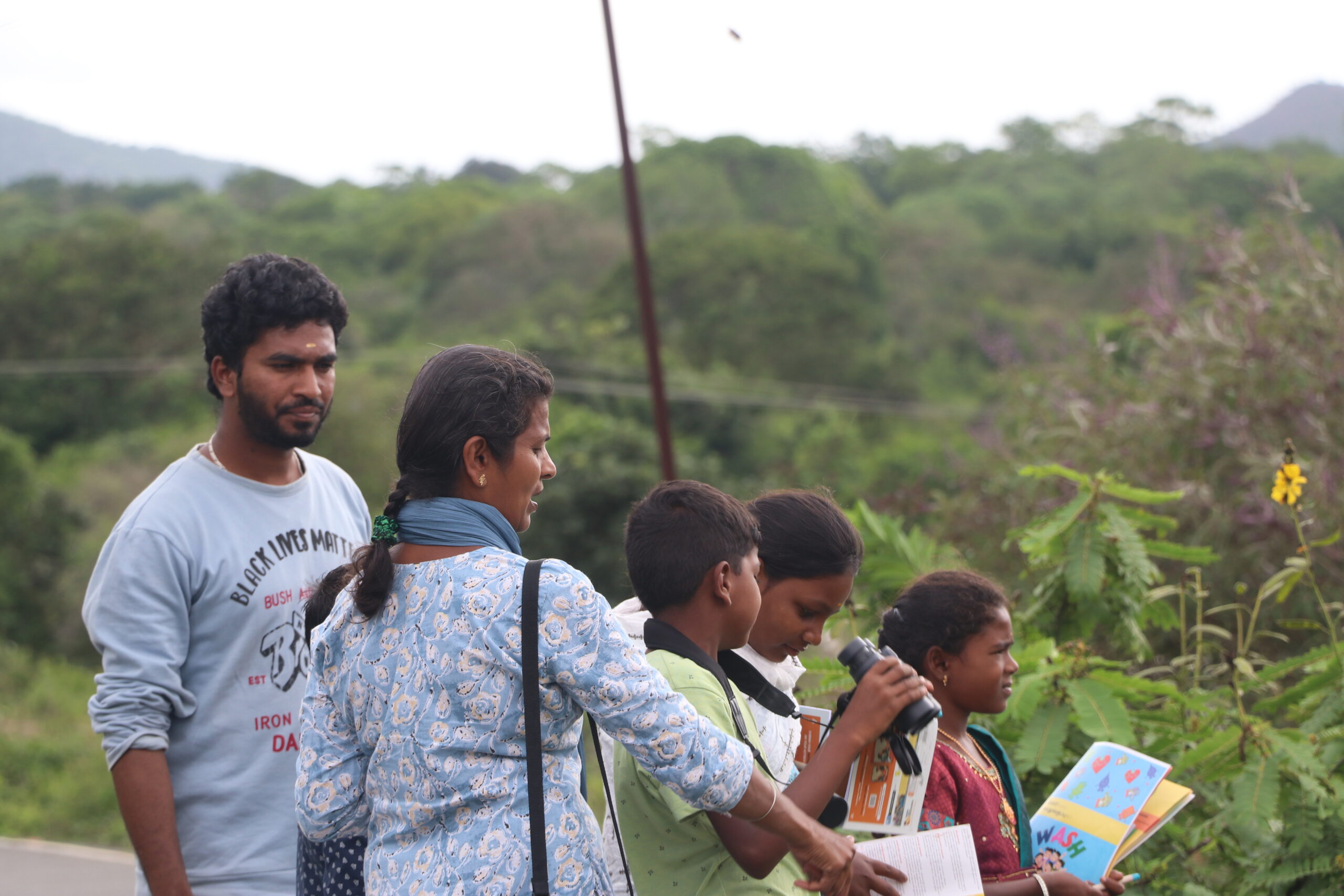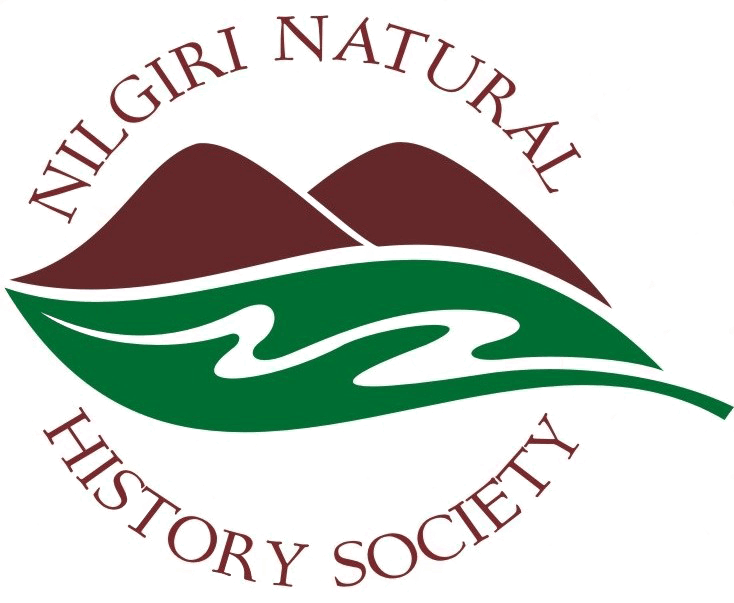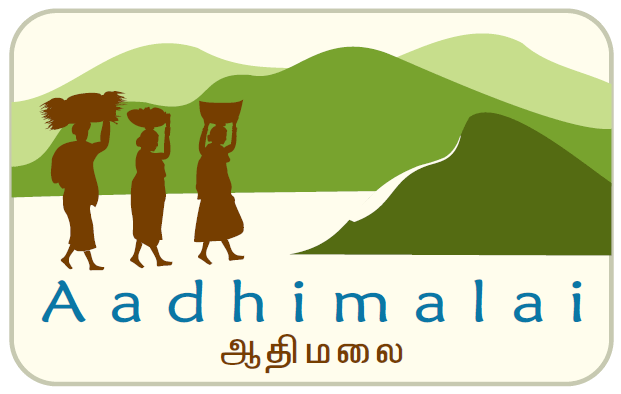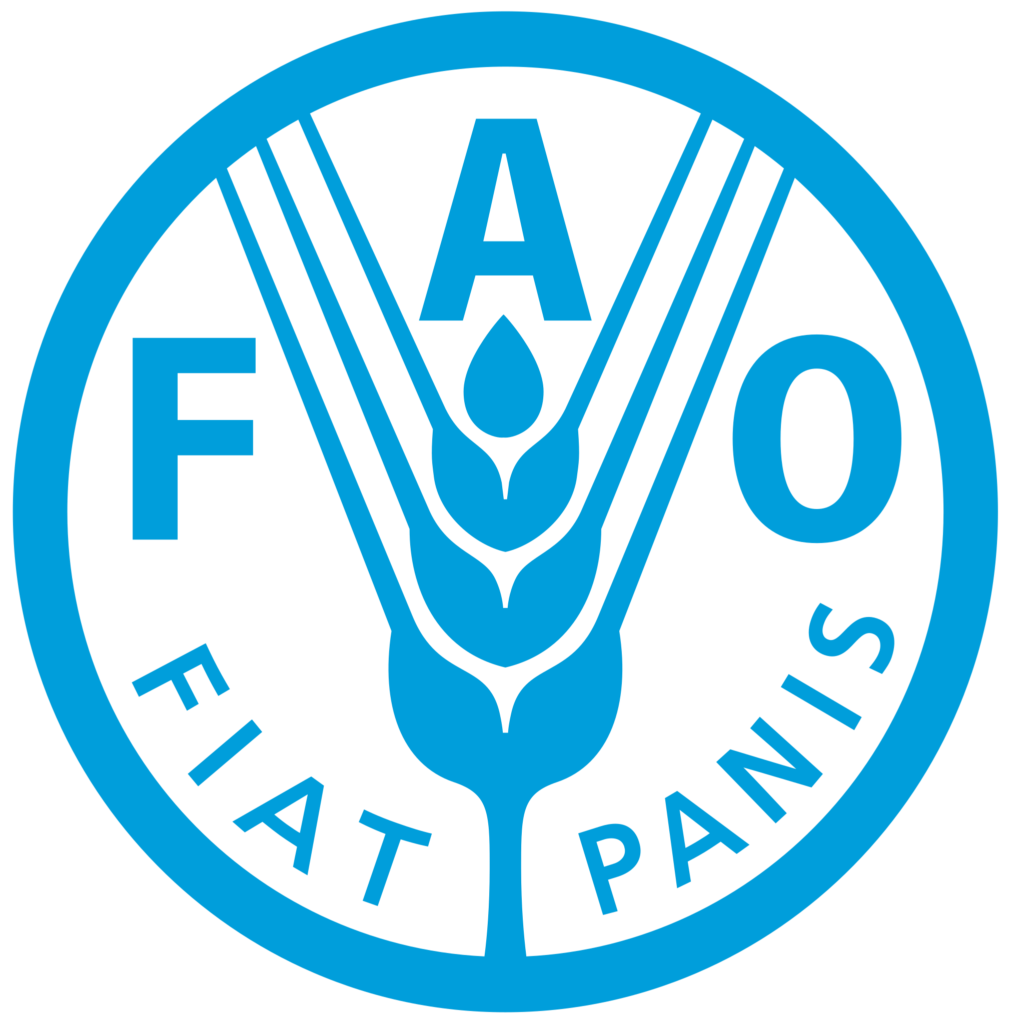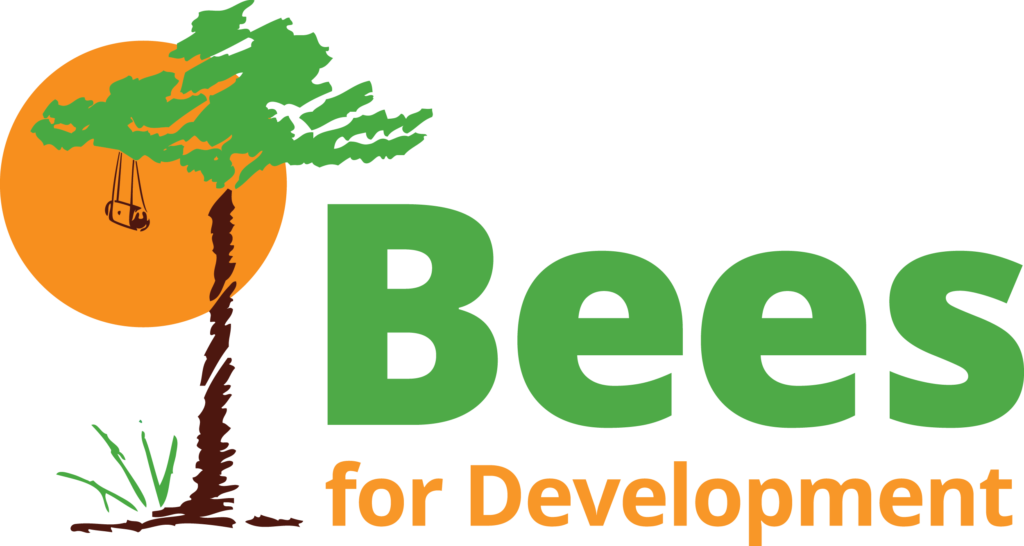Learnings from Nursery for native plants
From the moment we reached Kotagiri, we were eagerly looking forward for our upcoming adventures and new experiences. It was amazing to witness keystone’s accommodation and how peacefully humans and animals coexisted with each other. There were frequent visits from gaurs, boars and monkeys on the site although there were no major conflicts rising out from the visits. For our field assignment we opted the topic Upscaling of forest-based nursery. We visited three nursery sites for our assignment and surveyed it.
The first one was inside keystone itself; the nursery was on a higher elevation established over a slope. It primarily focused more on forest restoration and included non-NTFP species of native plants as well. The nursery consisted of native tree species, shrubs, grass and herbs. We were able to visit a site in happy valley which was restored with native fauna along with the collaboration of the local panchayat. The site previously was a place for open defecation which was filled with midsized shrubs. The saplings from the native nursery were used to transform it completely into a forest patch. The observable result made us realize how effective a forest nursery could be in its impact and function.
The second nursery that we visited was located in Aracode region of Nilgiris. It mainly focused on NTFP (Non-Timber Forest Product) species along with other relevant native species for restoration. There was a NTFP processing plant adjacent to nursery which helped to increase valuation for the NTFP resources. The nursery in Aracode had a stream adjacent to it with very less water flow. The stream was infested with invasive plant Lantana camera. One of the core objectives of the nursery was to replace this invasive with native plant such as wild ginger which possess more water retention capability so water sources have flow during drier seasons also.
The third nursery that we visited was located in Ooty. Unlike the previous two nurseries, this nursery was privately owned where the owner Vasant Bosco not just worked on restoration projects but also did consultations on setting up forest based nursery. This nursery had unique perspective for forest restoration and expressed more inclination towards restoration of native grasslands. We were able to learn on how useful but underrated are grasslands with its function and ecosystem services of preventing soil erosion and water retention. For example, the well that was present adjacent to the nursery site used to dry up quickly before the native grass was planted nearby. The entire journey truly was an eye opener and we got a fresh perspective over our previously myopic view on what forest-based nursery was.
By Anmol valiyare, Manish Kumar , Narendra Kumar and Ujjawal (IIFM PGDFM 2021-2023)

